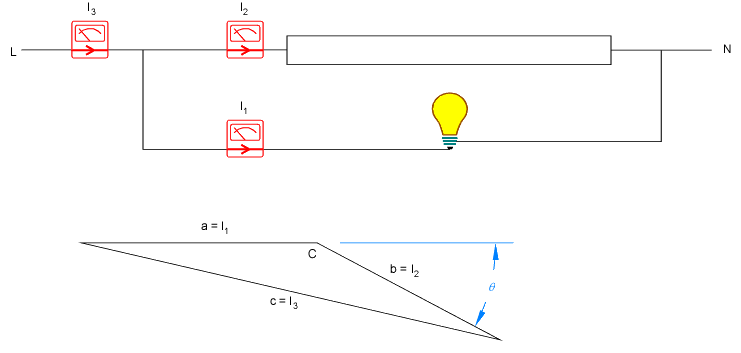Hi,
I'm confused with how to calculate the actual system input wattage, say for a typical 36W T8 (G13 base) fluorescent lamp with conventional magnetic ballast. The ballast says 0.43A printed on it.
Using a clamp meter, we get 0.43A reading. I'm from Philippines and our voltage is 220VAC.
Input Wattage = Amps x Volts (x Power Factor?)
= 0.43A x 220V = 94.6W
My questions:
1) Do I need to factor in the PF?
2) 94.6W seem a too high power consumption for a typical 36W T8 FL. Is this normal?
Can anyone pls clarify? Thanks a lot!
I'm confused with how to calculate the actual system input wattage, say for a typical 36W T8 (G13 base) fluorescent lamp with conventional magnetic ballast. The ballast says 0.43A printed on it.
Using a clamp meter, we get 0.43A reading. I'm from Philippines and our voltage is 220VAC.
Input Wattage = Amps x Volts (x Power Factor?)
= 0.43A x 220V = 94.6W
My questions:
1) Do I need to factor in the PF?
2) 94.6W seem a too high power consumption for a typical 36W T8 FL. Is this normal?
Can anyone pls clarify? Thanks a lot!


